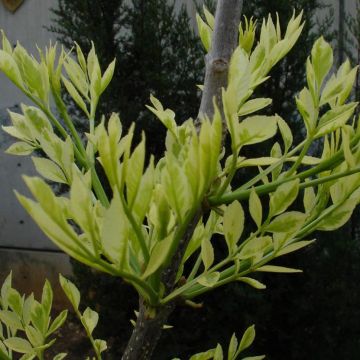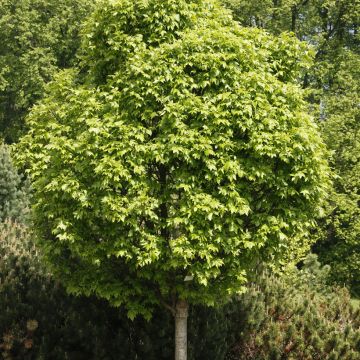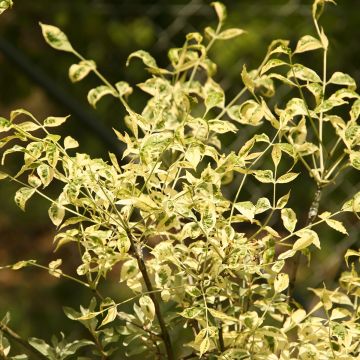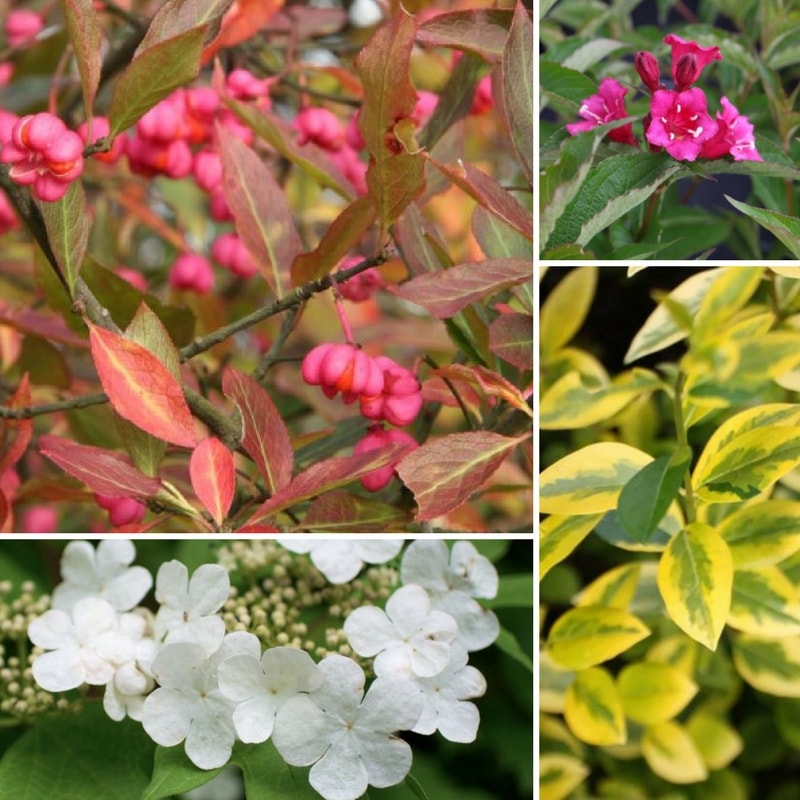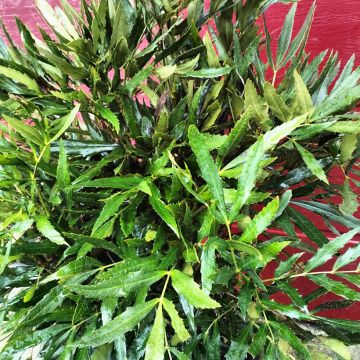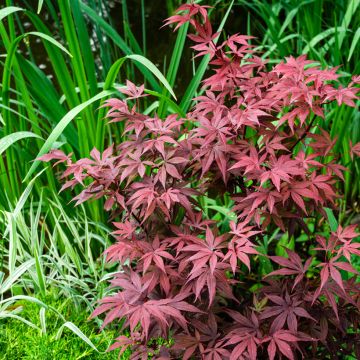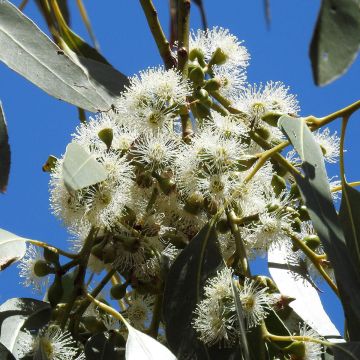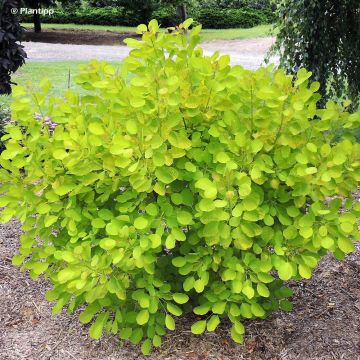

Fraxinus excelsior Crispa Variegata
Fraxinus excelsior Crispa Variegata
Fraxinus excelsior 'Crispa Variegata'
European Ash, Common Ash, curl-leaved ash
Special offer!
Receive a €20 voucher for any order over €90 (excluding delivery costs, credit notes, and plastic-free options)!
1- Add your favorite plants to your cart.
2- Once you have reached €90, confirm your order (you can even choose the delivery date!).
3- As soon as your order is shipped, you will receive an email containing your voucher code, valid for 3 months (90 days).
Your voucher is unique and can only be used once, for any order with a minimum value of €20, excluding delivery costs.
Can be combined with other current offers, non-divisible and non-refundable.
Why not try an alternative variety in stock?
View all →This plant carries a 24 months recovery warranty
More information
We guarantee the quality of our plants for a full growing cycle, and will replace at our expense any plant that fails to recover under normal climatic and planting conditions.
Does this plant fit my garden?
Set up your Plantfit profile →
Description
Fraxinus excelsior 'Crispa Variegata' is a very rare form of the Common Ash. It is a dwarf, slow-growing tree with a picturesque silhouette and curly foliage variegated with yellow. Plant enthusiasts will appreciate the spectacle that this little ash tree provides throughout the seasons. Like any unique piece, it should be prominently planted in a small garden, or even in a large container on the terrace.
Fraxinus excelsior, also known as the common ash or tall ash, is a tree of the Oleaceae family, just like the olive tree, jasmine, privet, or lilac. It is mainly found in Europe, Scandinavia, and Russia, where it is common on riverbanks and in forests. It can reach a height of 20 to 30 metres and live up to 150 to 200 years. Its trunk is usually straight and its canopy is elongated.
The 'Crispa Variegata' cultivar, whose origin is unknown, is even rarer than the 'Crispa' form. Often grafted on a stem to highlight its unusual vegetation, this Crispa Variegata ash develops a very dense, spreading ovoid crown. An adult specimen reaches an average height of 4 metres with a spread of 1.50 metres. The branches are greenish-grey and rigid and the leaves are very tight, composed of 7 to 13 curly and wavy, more or less elliptical, 3 to 5 cm long leaflets. The leaflets are randomly marked or bordered with yellow to cream yellow. Autumn is characterised by a colour change to warm shades of yellow, but sometimes the leaves do not change and remain green until the first frost. This sterile tree does not produce flowers or fruits.
The 'Crispa Variegata' Ash is an extraordinary plant that will delight collectors. It is a small tree highly resistant to winter cold (down to -30°C) that tolerates chalky soils if they are deep, moist, and rich. A sunny exposure is preferable, but it can tolerate a slightly shaded location. It is sensitive to stagnant water and drought. It is lovely planted as a solitary specimen to be admired up close. Plant enthusiasts will also appreciate the Twisted Peking Willow, 'Little Baby' Dwarf Sophora, or 'Monstrosa' Horse Chestnut.
Report an error about the product description
Plant habit
Foliage
Safety measures
Botanical data
Fraxinus
excelsior
'Crispa Variegata'
Oleaceae
European Ash, Common Ash, curl-leaved ash
Cultivar or hybrid
atteinterespiratoire
Cette plante peut entraîner des symptômes allergiques.
Evitez de la planter si vous ou vos proches souffrez de rhinite saisonnière ("rhume des foins").
Davantage d'informations sur https://plantes-risque.info
Other Fraxinus - Ash tree
View all →Planting and care
Plant your Fraxinus excelsior 'Crispa Variegata' in autumn or spring in an open location, in non-scorching sunlight. If necessary, create a drainage pit with stones if your soil is suffocating. If your soil is poor, adding leaf compost will help. Maintain regular watering during the summer following planting and ensure it is protected from prolonged droughts for another year, mulching can help keep the base moist and space out watering. This tree requires consistently moist soil, at least at depth. It is perfectly frost-resistant. Pruning involves balancing the tree's habit every 3 years or so by aerating the centre of the canopy. If branches with very different leaf growth appear, prune them out.
Planting period
Intended location
Care
Planting & care advice
This item has not been reviewed yet - be the first to leave a review about it.
Similar products
Haven't found what you were looking for?
Hardiness is the lowest winter temperature a plant can endure without suffering serious damage or even dying. However, hardiness is affected by location (a sheltered area, such as a patio), protection (winter cover) and soil type (hardiness is improved by well-drained soil).

Photo Sharing Terms & Conditions
In order to encourage gardeners to interact and share their experiences, Promesse de fleurs offers various media enabling content to be uploaded onto its Site - in particular via the ‘Photo sharing’ module.
The User agrees to refrain from:
- Posting any content that is illegal, prejudicial, insulting, racist, inciteful to hatred, revisionist, contrary to public decency, that infringes on privacy or on the privacy rights of third parties, in particular the publicity rights of persons and goods, intellectual property rights, or the right to privacy.
- Submitting content on behalf of a third party;
- Impersonate the identity of a third party and/or publish any personal information about a third party;
In general, the User undertakes to refrain from any unethical behaviour.
All Content (in particular text, comments, files, images, photos, videos, creative works, etc.), which may be subject to property or intellectual property rights, image or other private rights, shall remain the property of the User, subject to the limited rights granted by the terms of the licence granted by Promesse de fleurs as stated below. Users are at liberty to publish or not to publish such Content on the Site, notably via the ‘Photo Sharing’ facility, and accept that this Content shall be made public and freely accessible, notably on the Internet.
Users further acknowledge, undertake to have ,and guarantee that they hold all necessary rights and permissions to publish such material on the Site, in particular with regard to the legislation in force pertaining to any privacy, property, intellectual property, image, or contractual rights, or rights of any other nature. By publishing such Content on the Site, Users acknowledge accepting full liability as publishers of the Content within the meaning of the law, and grant Promesse de fleurs, free of charge, an inclusive, worldwide licence for the said Content for the entire duration of its publication, including all reproduction, representation, up/downloading, displaying, performing, transmission, and storage rights.
Users also grant permission for their name to be linked to the Content and accept that this link may not always be made available.
By engaging in posting material, Users consent to their Content becoming automatically accessible on the Internet, in particular on other sites and/or blogs and/or web pages of the Promesse de fleurs site, including in particular social pages and the Promesse de fleurs catalogue.
Users may secure the removal of entrusted content free of charge by issuing a simple request via our contact form.
The flowering period indicated on our website applies to countries and regions located in USDA zone 8 (France, the United Kingdom, Ireland, the Netherlands, etc.)
It will vary according to where you live:
- In zones 9 to 10 (Italy, Spain, Greece, etc.), flowering will occur about 2 to 4 weeks earlier.
- In zones 6 to 7 (Germany, Poland, Slovenia, and lower mountainous regions), flowering will be delayed by 2 to 3 weeks.
- In zone 5 (Central Europe, Scandinavia), blooming will be delayed by 3 to 5 weeks.
In temperate climates, pruning of spring-flowering shrubs (forsythia, spireas, etc.) should be done just after flowering.
Pruning of summer-flowering shrubs (Indian Lilac, Perovskia, etc.) can be done in winter or spring.
In cold regions as well as with frost-sensitive plants, avoid pruning too early when severe frosts may still occur.
The planting period indicated on our website applies to countries and regions located in USDA zone 8 (France, United Kingdom, Ireland, Netherlands).
It will vary according to where you live:
- In Mediterranean zones (Marseille, Madrid, Milan, etc.), autumn and winter are the best planting periods.
- In continental zones (Strasbourg, Munich, Vienna, etc.), delay planting by 2 to 3 weeks in spring and bring it forward by 2 to 4 weeks in autumn.
- In mountainous regions (the Alps, Pyrenees, Carpathians, etc.), it is best to plant in late spring (May-June) or late summer (August-September).
The harvesting period indicated on our website applies to countries and regions in USDA zone 8 (France, England, Ireland, the Netherlands).
In colder areas (Scandinavia, Poland, Austria...) fruit and vegetable harvests are likely to be delayed by 3-4 weeks.
In warmer areas (Italy, Spain, Greece, etc.), harvesting will probably take place earlier, depending on weather conditions.
The sowing periods indicated on our website apply to countries and regions within USDA Zone 8 (France, UK, Ireland, Netherlands).
In colder areas (Scandinavia, Poland, Austria...), delay any outdoor sowing by 3-4 weeks, or sow under glass.
In warmer climes (Italy, Spain, Greece, etc.), bring outdoor sowing forward by a few weeks.































